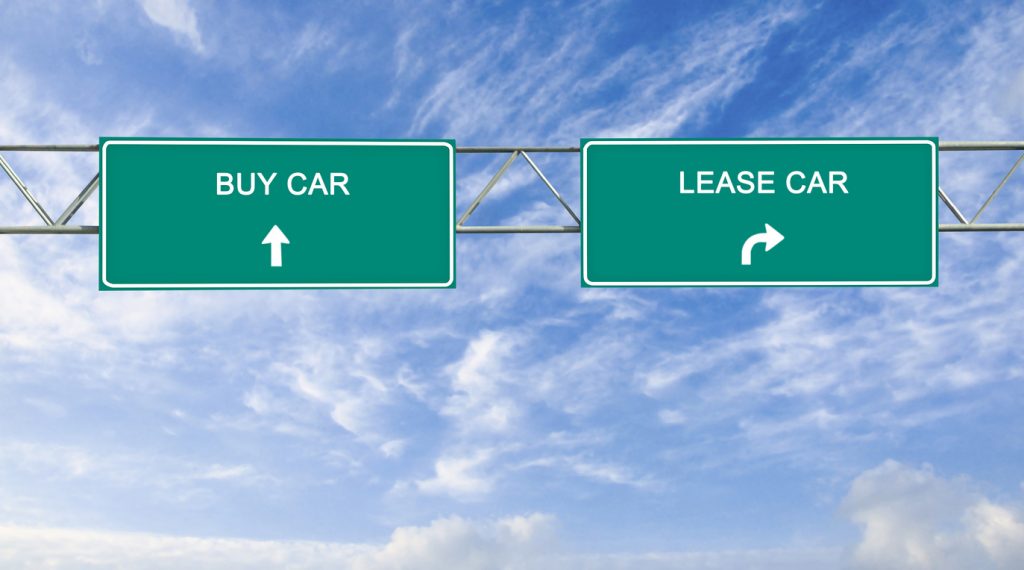While my days are usually spent creating financial plans, reviewing mutual funds and planning investment strategies for my clients, one question I get often from them has little to do with the ups and downs of the markets. They want to know the best way to buy a car.
It’s not that surprising. With a new light vehicle costing more than $40,000 these days, after a house or cottage, our four wheels are the biggest purchase most of us make.
There are three ways to drive home a new car: leasing, financing or paying cash. Let’s examine the pros and cons of each.
Pay cash and it’s all yours
Buying a new vehicle by paying a cash lump sum (including writing a cheque) is viewed as old school but it does have its advantages. As soon as you do, you own the car outright with no monthly payments to worry about.
One disadvantage is that, because a car’s value depreciates quickly, if you need to trade it in over the short term, you’ll get back a lot less cash than you put in. Plus, unless you have cash lying around in a low-interest savings account, chances are you’ll have to liquidate the funds from an investment account. That could mean paying substantial capital gains tax.
Financing – use the car company’s money
Instead of paying cash up front you may want to finance your purchase. Financing is essentially a loan for the entire amount of the vehicle you’re buying, sort of like a mortgage for your car. With interest rates as low as they are, a strong argument for this option is that you may as well keep your investments where they are, growing at 3, 4 or 5 percent, and borrow the car company’s money at a much lower interest rate.
A con to this option is that you’re still making pretty big monthly payments. But once you’ve paid your final installment, you’ll own the vehicle outright.
Leasing – always new
Leasing is like financing in that you’re making monthly payments with a low interest rate. But it differs from financing because those payments are usually much lower. That’s because you’re only paying for a portion of the car for a number of years – usually three, four or five – at which point you can choose to pay the balance to own the vehicle outright or simply walk away and lease a brand-new car.
Leasing has two other important advantages, which many of my clients have mentioned they appreciate: technology and warranties.
If you pay cash or finance a new vehicle with a three-year warranty, once that warranty period is over, you may own the car but you’ll also be responsible for repairs, which add up as the vehicle gets older. If you lease a car for three years and it has a three-year warranty, you’re essentially never on the hook for warrantied repairs.
Technology is another advantage to leasing. With everything from blind spot monitoring and automatic emergency brakes to state-of-the-art electric motors, cars are evolving all the time. By trading in for a new one every three or four years, you’ll always be driving the safest – and coolest – car around.
Leasing has some disadvantages too. For instance, lease contracts specify a limited number of kilometres – if you go over that, you’ll pay a penalty when you trade the car in. And if you don’t keep the vehicle in good condition, you’ll likely have to fork out wear-and-tear charges.
Do you have more questions about making the most of your money? Don’t hesitate to reach out to me at any time.

